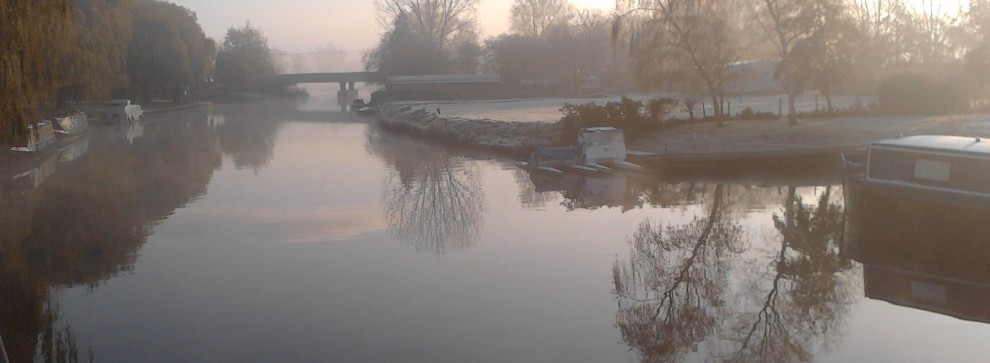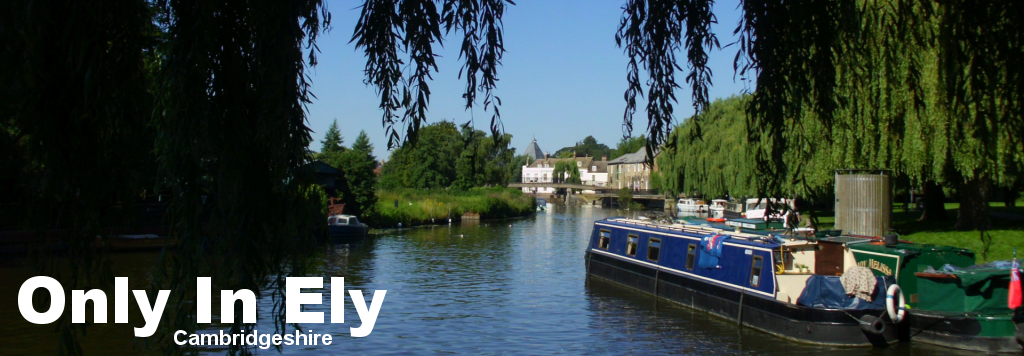
Pre-history
The name of Ely has always been recognised as difficult by place-name scholars, and the origin and meaning of the name are still disputed. The earliest record of the name is in the Latin text of Bede’s Historia ecclesiastica gentis Anglorum, where Bede wrote Elge. This is apparently not a Latin name, and subsequent Latin texts nearly all used forms Elia, Eli, or Heli with inorganic H-. In Old English charters, and in the Anglo-Saxon chronicle, the spelling is usually Elig.
Skeat derived the name Ely from what he called “O[ld] Northumbrian” ēlġē, meaning “district of eels”. This uses a hypothetical word *ġē, which is not recorded in isolation but thought by some to be related to the modern German word Gau, meaning “district”. The theory is that the name then developed a vowel to become ēliġē, and was afterwards re-interpreted to mean “eel island”. This essentially is the explanation accepted by Reaney, Ekwall,[19] Mills and Watts.
But difficulties remain. Bailey, in his discussion of ġē names, has pointed out that Ely would be anomalous if really from ēlġē “eel district”, being remote from the areas where possible examples of ġē names occur, and moreover, there is no parallel for the use of a fish-name in compounds with ġē. More seriously, the usual English spelling remains Elig, even in the dative case-form used after many prepositions, where Elige would be expected if the second element were īġ “island”. This is in conflict with all the other island names which surround Ely.
Source, Wikipedia: http://en.wikipedia.org/wiki/Ely,_Cambridgeshire
Medieval and early modern periods
The city’s origins lay in the foundation of an abbey in AD 673, a mile (1.6 km) to the north of the village of Cratendune on the Isle of Ely, under the protection of St Etheldreda, daughter of King Anna. This first abbey was destroyed in 870 by Danish invaders and then re-dedicated to Etheldreda in 970 by Ethelwold, Bishop of Winchester. The abbots of Ely then accumulated such wealth in the region that by the time of the Domesday survey (1086), it was the “second richest monastery in England”. The first Norman bishop, Simeon, started building the cathedral in 1083. The octagon was rebuilt by Sacrist Alan of Walsingham between 1322 and 1328 after the collapse of the original nave crossing on 22 February 1322. Ely’s octagon is considered “one of the wonders of the medieval world”. Architectural historian Nikolaus Pevsner believes the octagon “is a delight from beginning to end for anyone who feels for space as strongly as for construction” and is the “greatest individual achievement of architectural genius at Ely Cathedral”.
East aspect of the Oliver Cromwell House in Ely
East aspect of St Mary’s vicarage, a Grade II* listed building. Oliver Cromwell lived here between 1638 and 1646. Since 1990, the building has been used as the Oliver Cromwell House museum and tourist information centre.
Cherry Hill is the site of Ely Castle which is of Norman construction and is a United Kingdom scheduled monument. Of similar construction to Cambridge Castle, the 250-foot (76 m) diameter, 40 feet (12 m) high citadel-type motte and bailey is thought to be a royal defence built by William the Conqueror following submission of the Isle from rebels such as the Earl Morcar and the folk-hero Hereward the Wake. This would date the first building of the castle to circa 1070.
Following the accession of Mary I of England to the throne in 1553, the papacy made its first effective efforts to enforce the Pope Paul III-initiated Catholic reforms in England. During this time, which became known as the Marian Persecutions, two men from Wisbech, constable William Wolsey and painter Robert Pygot, “were accused of not … believing that the body and blood of Christ were present in the bread and wine of the sacrament of mass”. For this Christian heresy they were condemned by the bishop’s chancellor, John Fuller, on the 9 October 1555. On 16 October 1555 they were burnt at the stake “probably on the Palace Green in front of Ely Cathedral”. In The Book of Ely published in 1990, Blakeman writes that “permission was not given” for a memorial to the martyrs to be placed on Palace Green. In 2011, a plaque recording this martyrdom event was erected on the north-east corner of Palace Green by the City of Ely Perspective.
Oliver Cromwell lived in Ely from 1636 to 1646 after inheriting a sixteenth-century property—the present Oliver Cromwell House—and the position of local tax collector from his mother’s brother, Sir Thomas Steward. Cromwell was one of the governors of Thomas Parsons’ Charity, which dates back to 1445 and was granted a Royal Charter by Charles I of England. The Charity still provides grants and housing to deserving local applicants.
